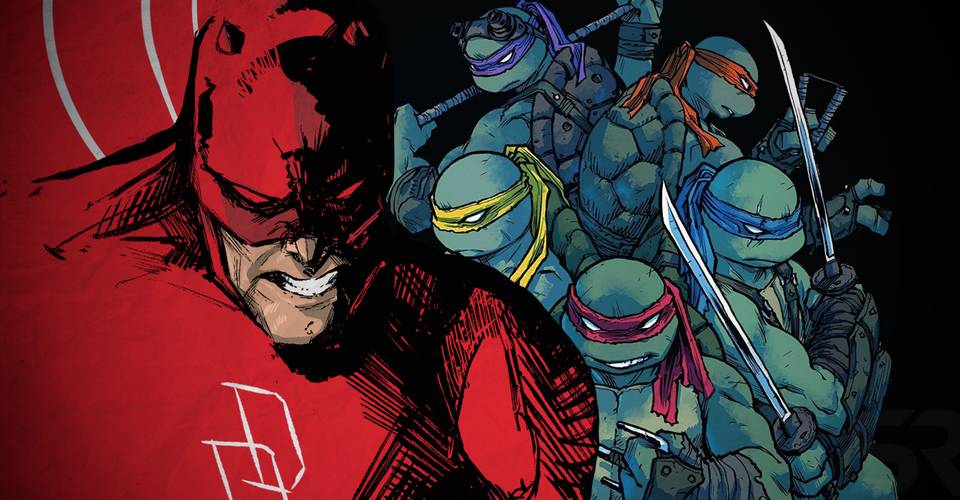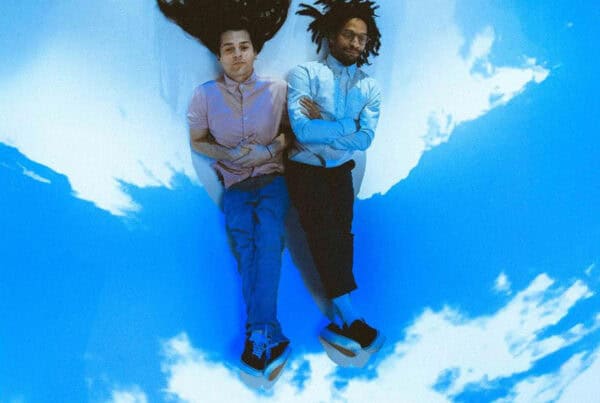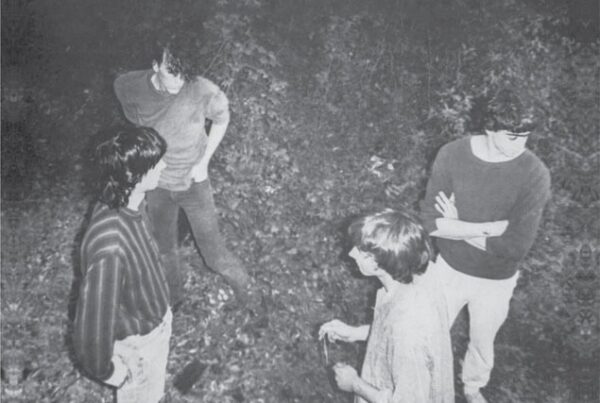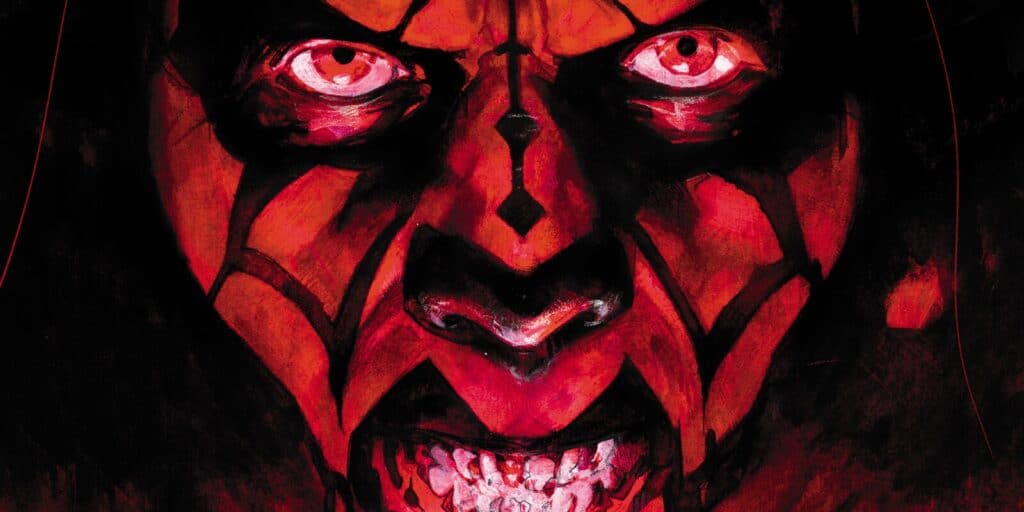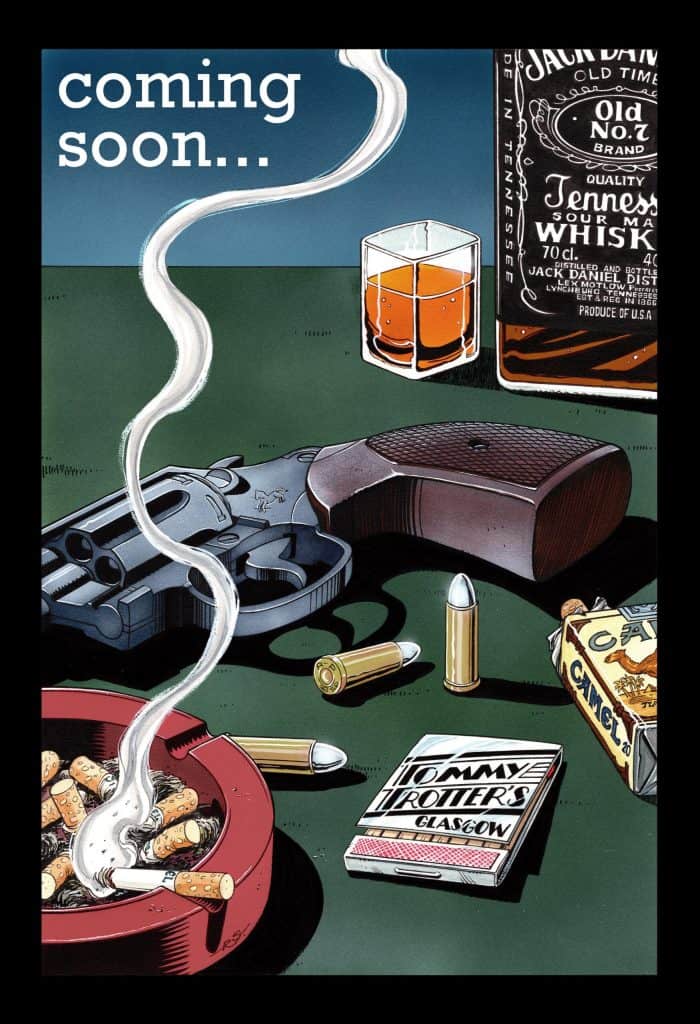Obvious connotations
The similarities between the Teenage Mutant Ninja Turtles and Marvel’s Daredevil seem obvious at first, both are comics that led to feature films and TV series, both are traditionally quite dark and gritty, both are trained in ninjutsu and both are set in New York… Look a little deeper and you’ll notice more subtle similarities. Daredevil is trained by Stick, the Turtles trained by Splinter. Coincidence? Daredevil often fights the criminal organisation of assassins known as the Hand. The Ninja Turtles fight the Foot… This is no coincidence, for Peter Laird and Kevin Eastman purposely paid homage to Hell’s Kitchen’s guardian angel, the Daredevil, when they straight up parodied the series in their creation, the Teenage Mutant Ninja Turtles. But Laird and Eastman went one step further, and secretly and subtly snuck the turtles into the Marvel universe without telling anyone, and got away with it…
Shared universe?
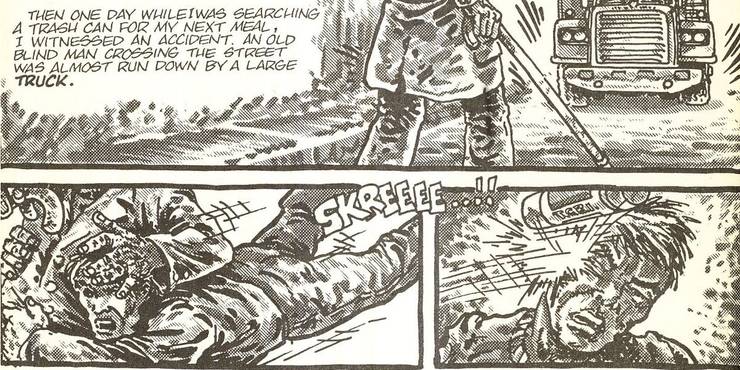
Copyright Mirage Studios / IDW Publications
Upon studying these three panels to the right, the scene should be immediately familiar to fans. We all know the story; a blind gentleman steps out in front of a truck full of chemicals in containers, a young Matt Murdock pushes him out of the way and thus saving his life, but as the truck spins out of control, a loose canister flies off and hits the future lawyer in the side of the face, “near his eyes”, blinding him. What many don’t realise, however, is that these three panels are not from Marvel’s Daredevil. They are, in fact, from Teenage Mutant Ninja Turtles #1 from 1987, and portray the exact same occurrence, going further and showing the broken canister reaching the sewers below the streets of New York, mutating a rat and four turtles… The panels could easily be in a Daredevil strip as easily as they are in a Teenage Mutant Ninja Turtles strip.

Copyright Marvel Comics
Of course, as comics have evolved over the years, so have the characters’ origins. In more recent years, Daredevil’s origin has be changed up slightly, in some incarnations he is seen running in shame after experiencing his father commit crime, and nearly being hit by the truck himself, such as in Spider-Man: The Animated Series and the 2003 Daredevil movie. In Netflix’s series Daredevil, the origin is returned to its roots with the old man being pushed “out of the way”, with broken metal canisters littered all over the street.
Throughout the history of Daredevil, one important note has remained consistent: the canisters have mostly been far too large to be the same as those depicted in TMNT – but not in the original sixties comic Laird and Eastman borrowed from. Laird and Eastman did not have these modern retcons to deal with, so using the origin story (left) from Daredevil #1, the pair used creative licence to explain just how young Matt was actually blinded before their canister falls into the sewer. In this set of four panels from

Copyright IDW
the original Daredevil origin by Stan Lee and Bill Everett (with assistance from Jack Kirby), the canisters are actually completely unseen and could be any size, explaining the smaller canisters used in TMNT before Marvel’s retcons in later years to the much larger canisters. That said, more often than not, even in modern iterations of Daredevil, the collision does occur off screen leading many fans to point out there could have been smaller canisters too. This gives fans an excuse to combine the two universes in their ‘head canon’, good and proper, but we think is ultimately grasping at straws.
When comparing the two sets of panels from both books, the similarities are unnerving. The elderly man is wearing the same coat in both scenes, and using the same style cane. The trucks look very similar, with the TMNT truck looking more contemporary than its Daredevil counterpart. The young man, unmistakably Matt Murdock, has roughly the same hairstyle and even jumper. In the ‘Color Classic’ reprint of Teenage Mutant Ninja Turtles #1 (below) the scenes are coloured slightly differently to the Daredevil issue, with the truck being more green than yellow, the old man wearing a lighter shade of blue and Matt Murdock wearing brown rather than green.
Colours aside though, it seems obvious to us at Soundsphere magazine that Daredevil and the Turtles are connected on many levels. Creatively, the Turtles are a parody of Marvel Comics, with a special appreciation shining through for Daredevil. In universe, we think Laird and Eastman managed to seamlessly connect their property with the Marvel universe without drawing unwanted legal attention. Kudos to them, in the 1990s we saw ‘Turtle Mania’ alongside the almost-collapse of Marvel, we’re surprised Marvel didn’t try to grab some of that green money as they began to implode.
What do you think? How connected are Teenage Mutant Ninja Turtles and Daredevil? Have you spotted any other connections?
Words: Graeme Small

